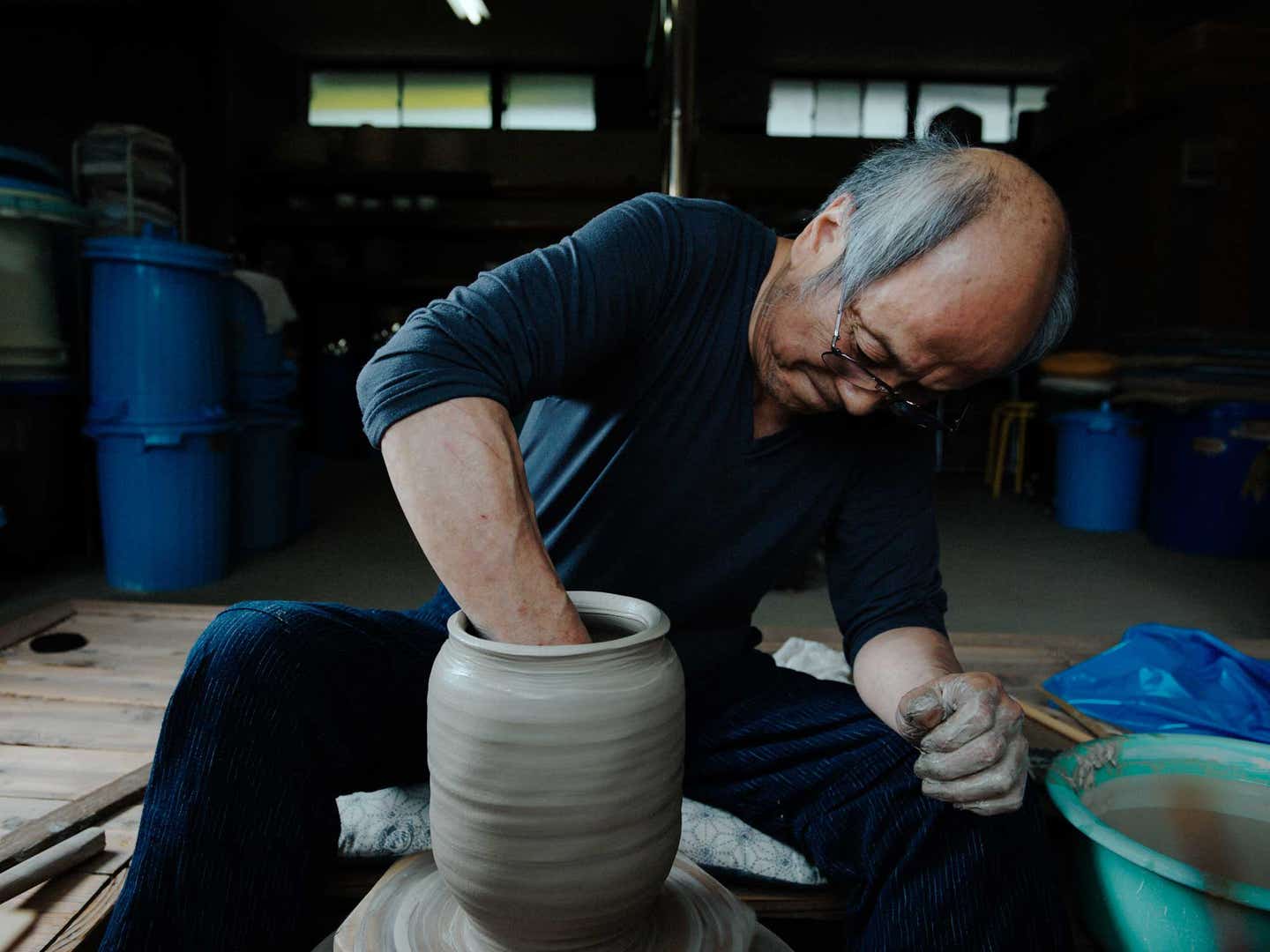
The Art of Making Japanese Ceramics
Photographer Michael Magers captures a Japanese ceramic artist who works at the intersection of art and craft
"In my research of craft in Japan," says photographer Michael Magers, "I've found there is always the question of what is art and what is craft." For Magers, "art produces beautiful but low-functioning forms. Craft is rugged, but from it come products with a high functionality."
Magers has been making regular trips to Japan since 2012, photographing different Japanese craftsmen, or shokunin, on each visit. At the heart of Magers' curiosity is a desire to understand how traditional crafts are able to find relevance in an increasingly fast-paced and mass-produced modern world. Magers has explored this in everything from woodworking in Kyoto to knife-making in Sakai, "but ceramics is the perfect blend of art and craft." This is especially true in Japan, which is home to some of the most artistic ceramic traditions in the world. "They're not just making something functional," Magers notes. "They're making something that's functional and beautiful."
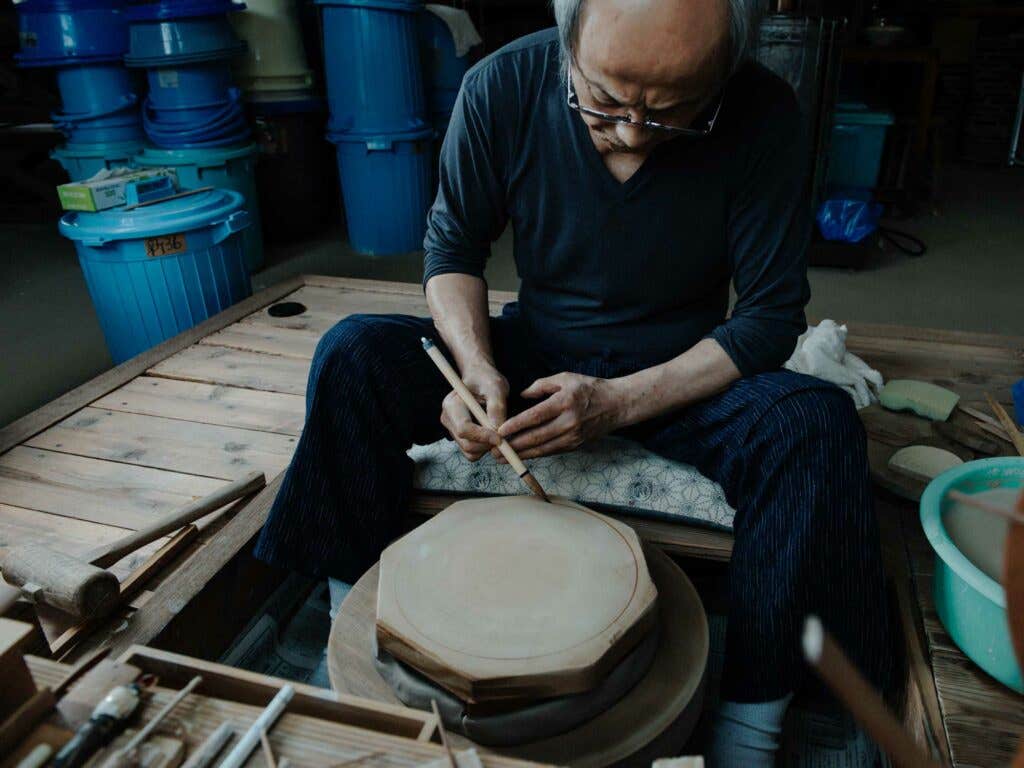
Moriyasu Kimura, who will turn 80 this year, epitomizes this refinement and artistry. Kimura's work is some of the most sought after in the world; displayed in museums from New York to Tokyo. The ceramic-making process, from start to finish, is long and laborious, and one that Kimura has dedicated his life to refining. Each step, from wedging and centering the clay, to shaping, trimming, and glazing, is a learned craft in-and-of itself. There is little, if any, room for error. In Kimura's case, because of the tenmoku glaze he uses, his work is defined by an element of surprise.
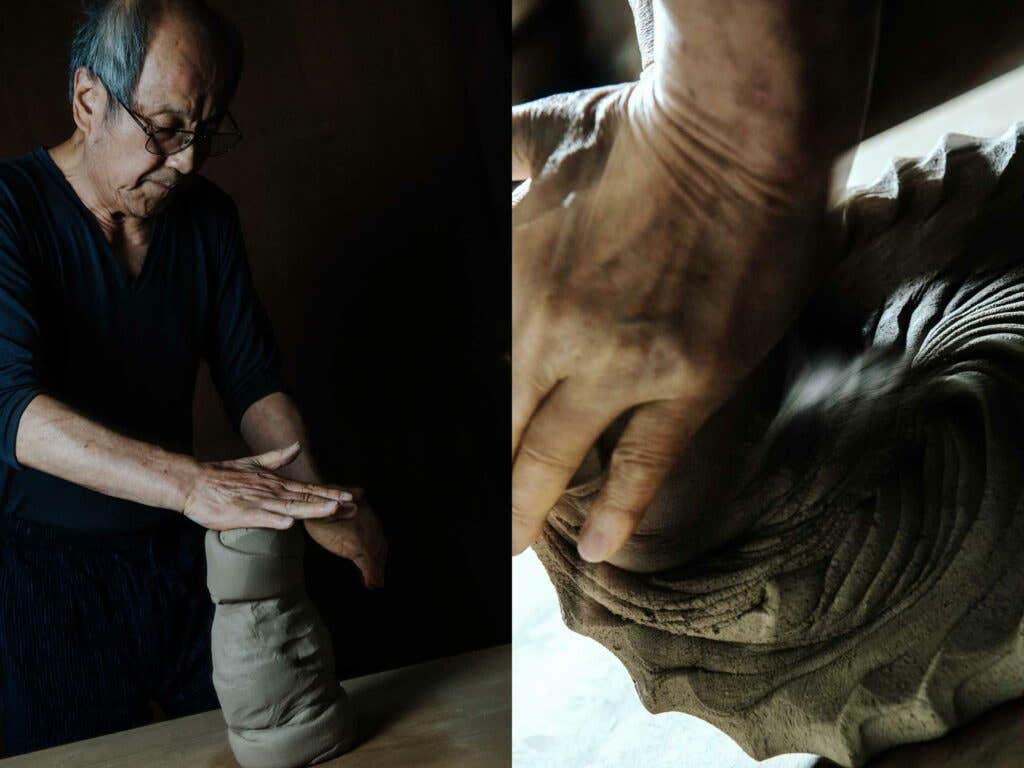
Tenmoku is an iron-based glaze common in Japanese pottery since the 14th century. Kimura is among a small number of ceramic artists that use it. Because of the glaze's composition, it reacts to clay in unpredictable ways every time it's fired in a kiln. "Kimura has been making pottery for decades," Magers says, "but he still doesn't know what's going to happen between the process of putting pieces into the kiln and taking them out. There's a bit of magic that happens at these high temperatures, and what comes out is different and unique every time."
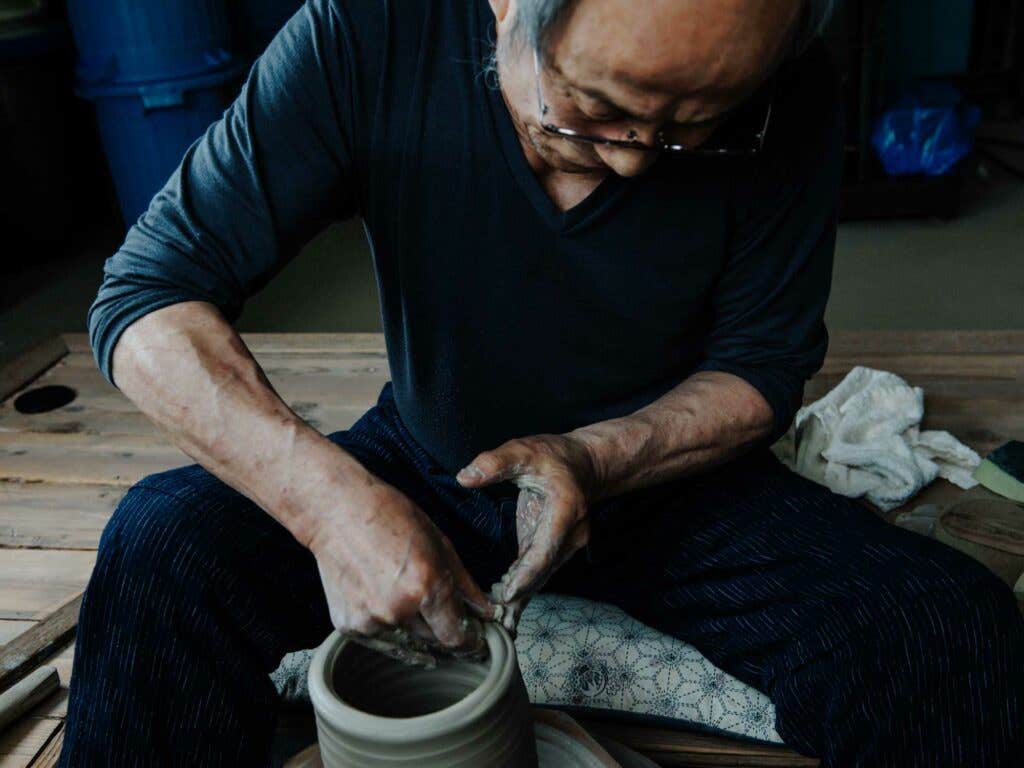
Ceramics came to Japan by way of China. "Chinese Buddhist monks brought the knowledge of tea and tea drinking to Japan more than 1,000 years ago," Magers says. From there grew a demand for glazed tea vessels and, not long after, the makings of the traditions in ceramics that are still practiced today. "More broadly speaking, though, so much of Japanese craft has its roots in China and Korea. From there, the Japanese refined it and made it their own. There is a cultural proclivity towards refinement in Japan that I have never seen anywhere else."
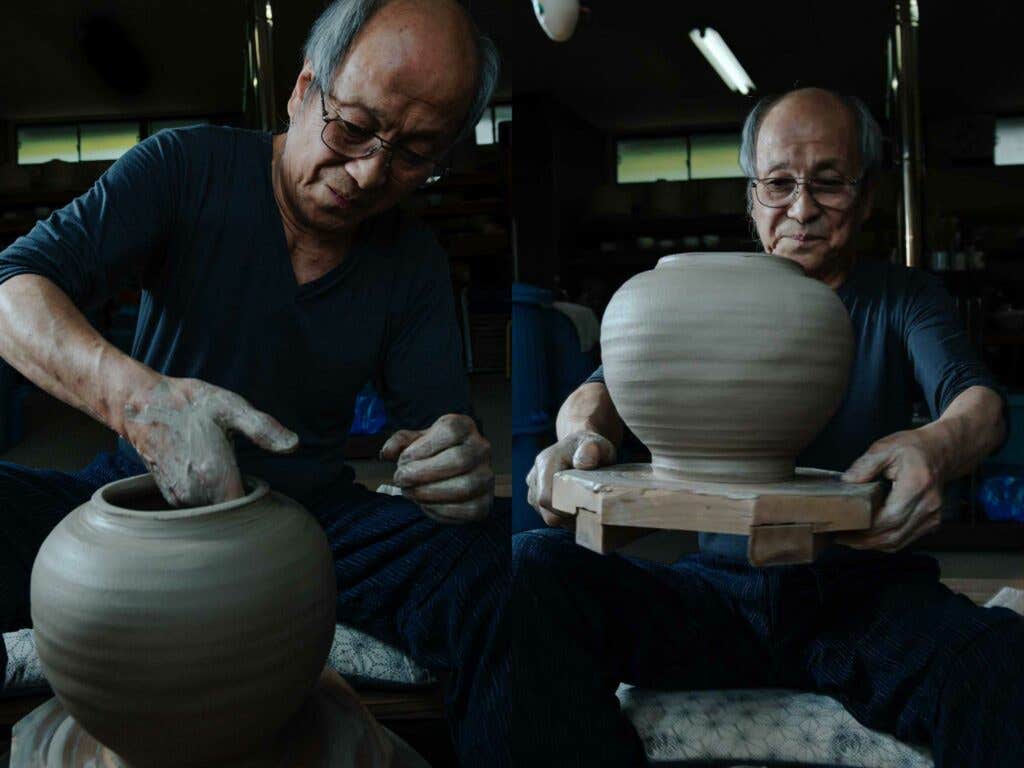
Understanding the connection to Japanese tea culture, and its history, is an integral part of Japanese ceramics. "You can't understand Japanese culture without understanding the tea ceremony," Magers explains. "In a tea ceremony, which is where many of Kimura's ceramics get used, is the pursuit of something transcendental by cultivating the simple and austere." This cultivation of simplicity and austerity is what defines Kimura's work. His ceramics are simple in form but complex in function. They are intensely personal, but intensely useful at the same time. "There is creative freedom and a tremendous amount creative diversity in ceramics," Magers says. "The results can be simple or ornate, but they all have a purpose."
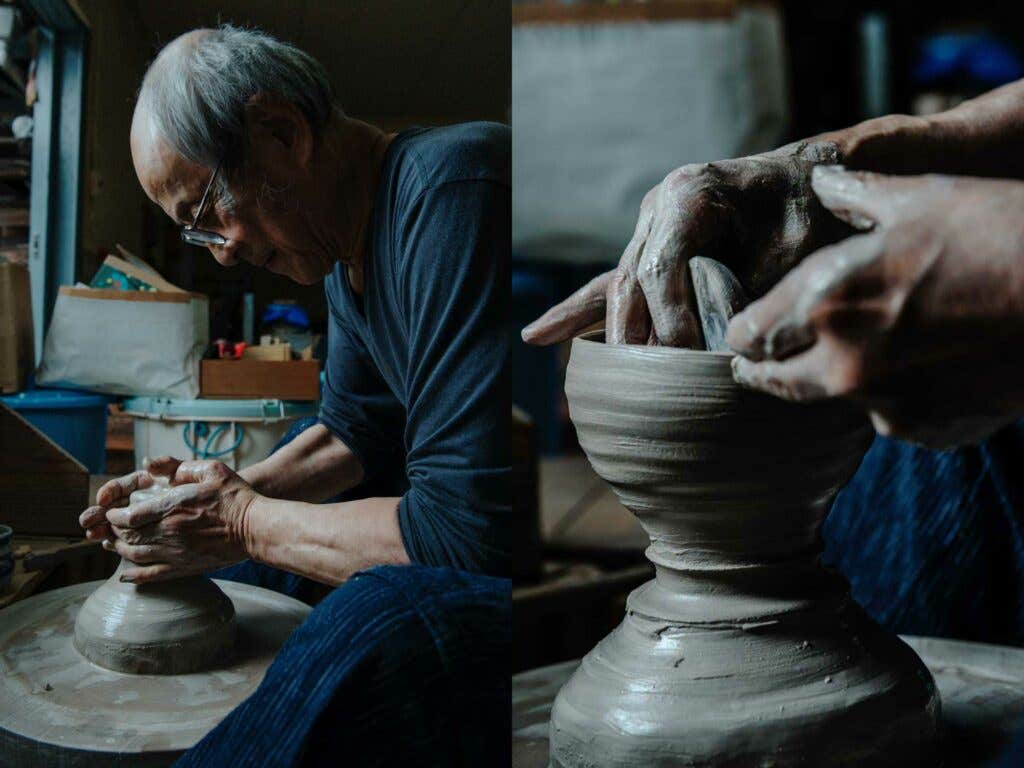
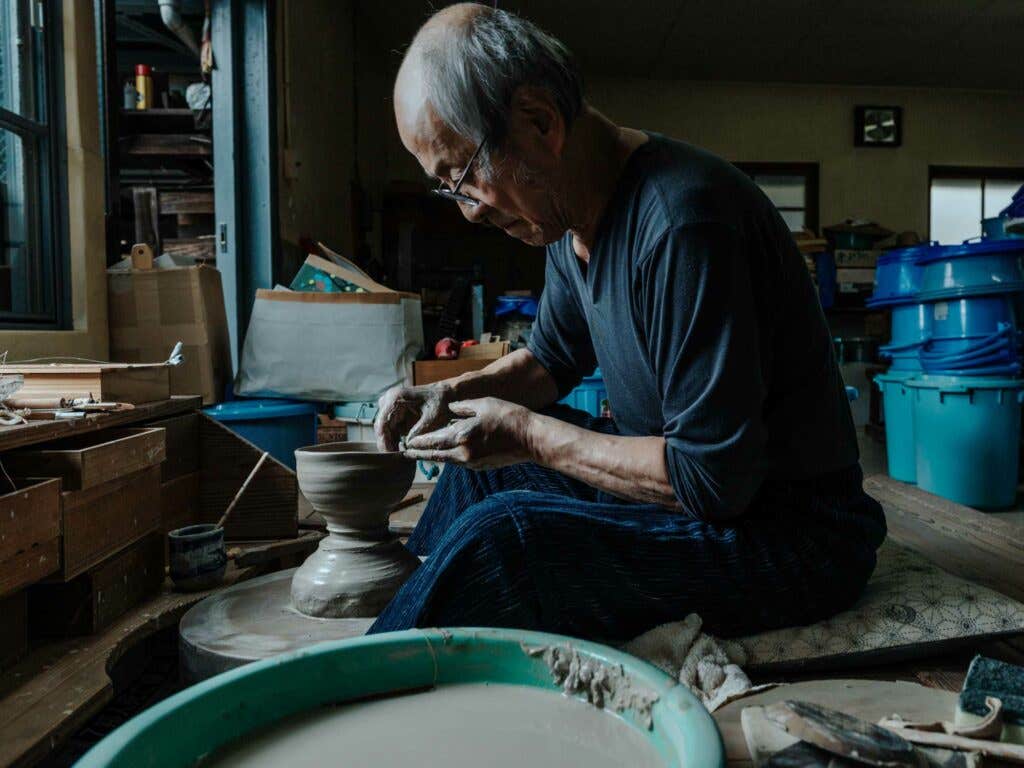
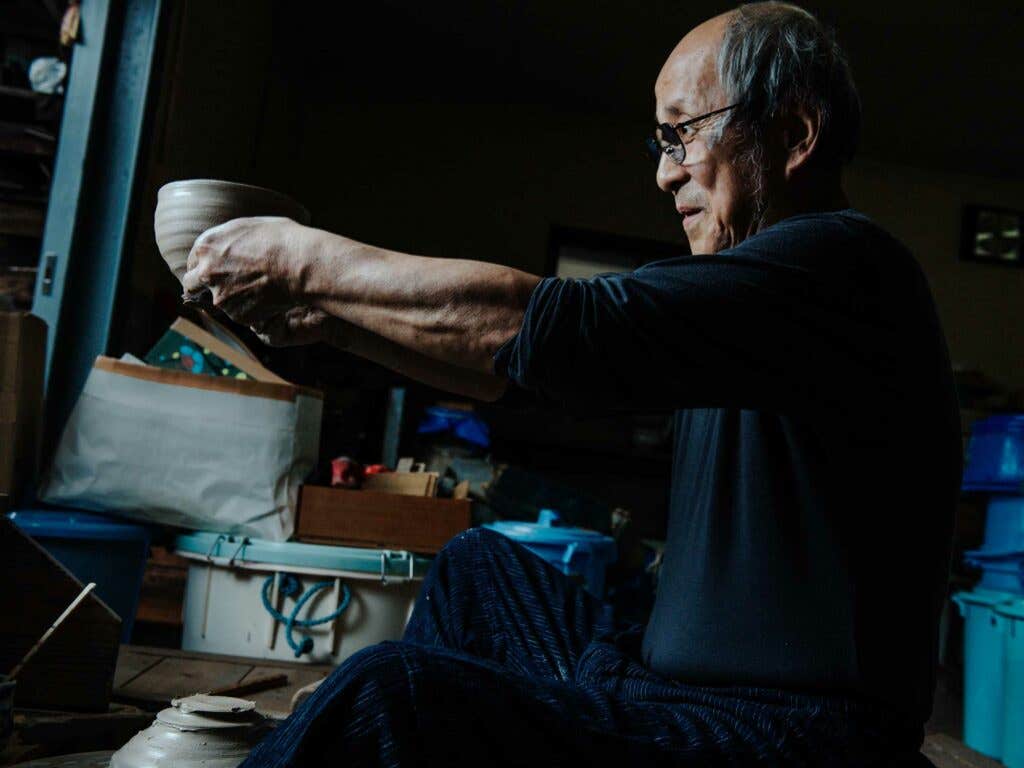
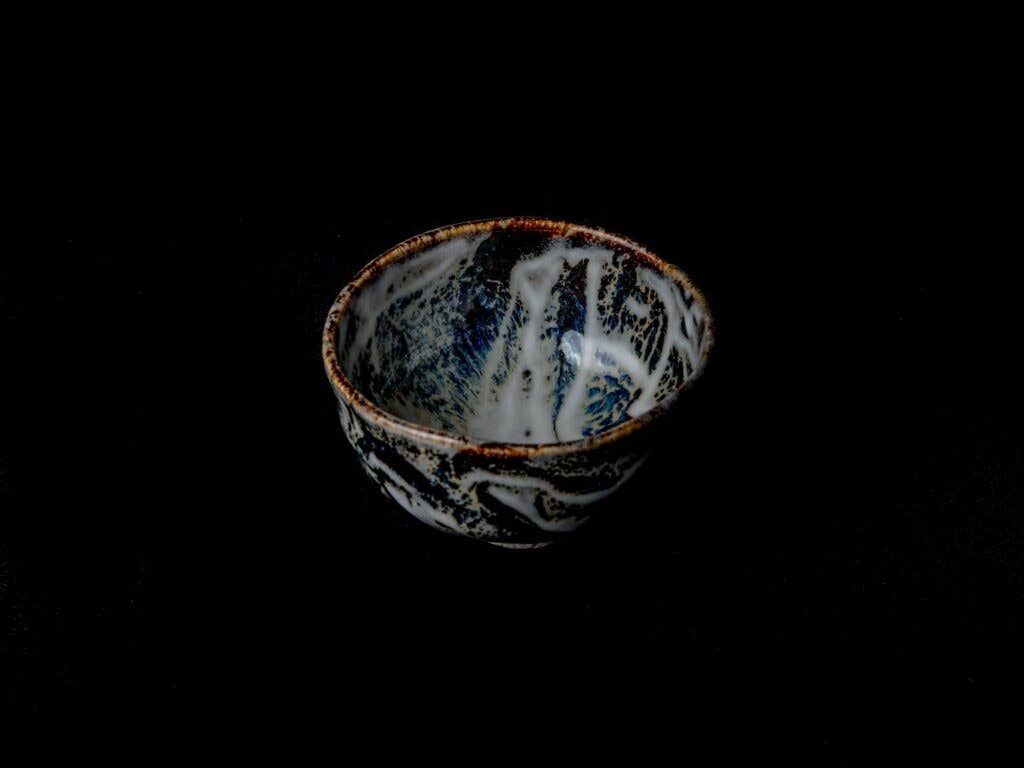
Keep Reading
Continue to Next Story










